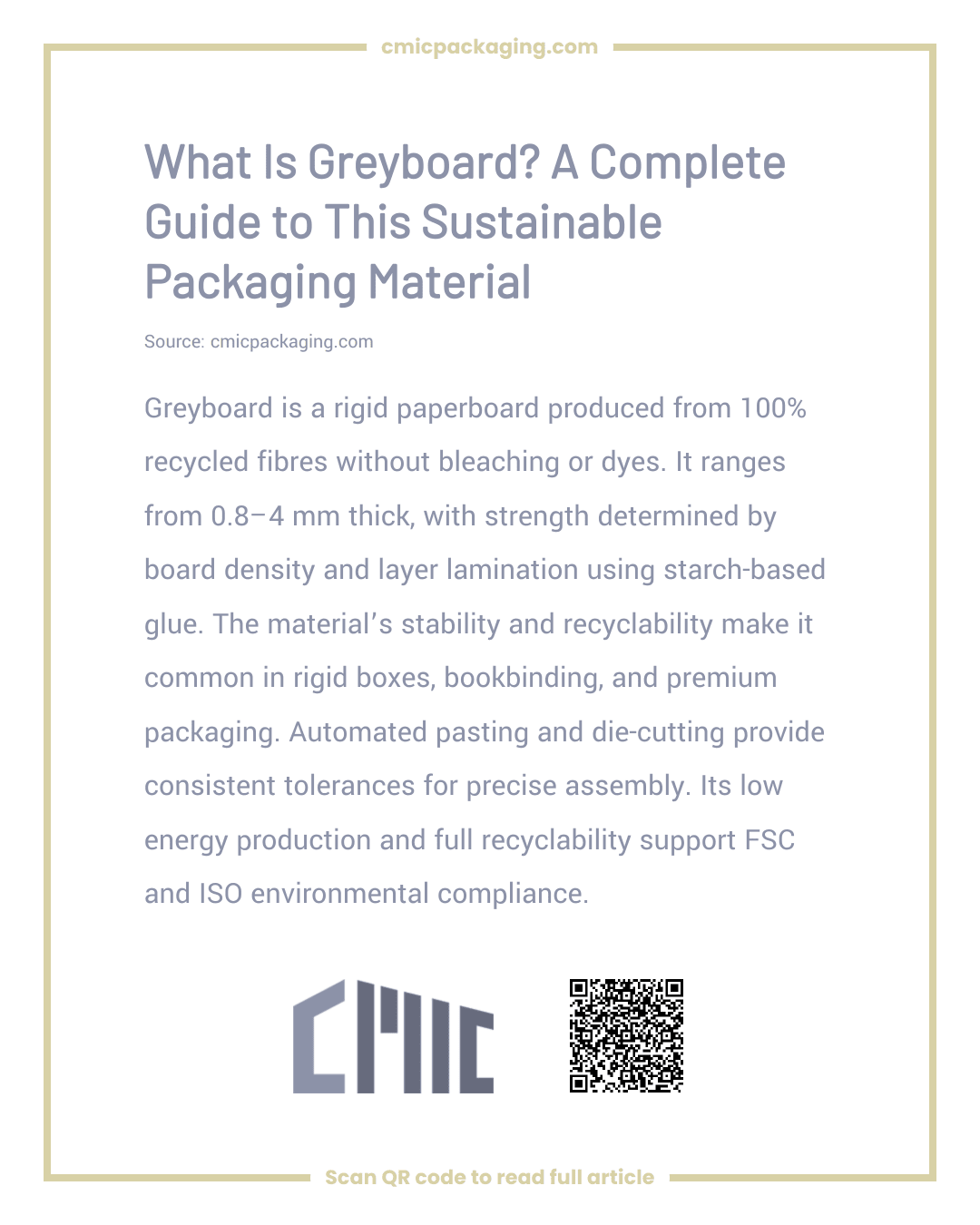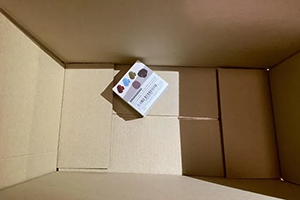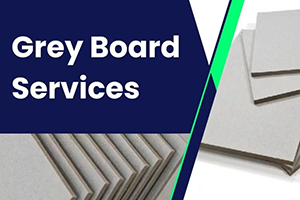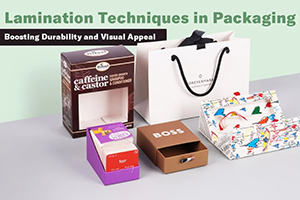Why Greyboard Deserves Your Attention
Imagine holding a fancy gift box that feels rock-solid and upscale, or scribbling in a notebook that stays firm instead of flopping about like a wet noodle. More often than not, greyboard is the quiet powerhouse holding it all together, giving that essential support without hogging the limelight. I’ve always been intrigued by how this stuff hides in plain sight, popping up in so many everyday items without much fanfare.
These days, with brands racing to embrace eco-friendliness while keeping things stylish, greyboard is stepping into the spotlight at last. But what’s its secret sauce? Stick with me as we unpack what it’s made of, how it’s produced, where it excels, and why it might just solve your packaging headaches. I promise, by the time we’re done, you’ll understand my enthusiasm for it.
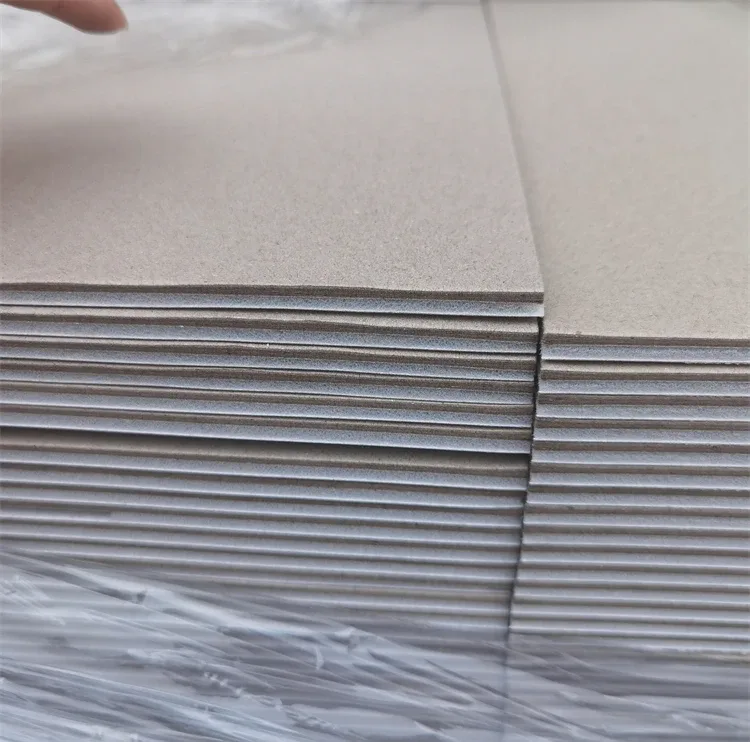
Getting to the Heart of Greyboard
Greyboard—also known as recycled paperboard or chipboard—is basically a robust, stiff cardboard spun from 100% recycled paper bits. That distinctive grey hue? It comes directly from the jumble of post-consumer scraps, like yesterday’s newspapers and tossed-out boxes, with no bleaching or fancy dyes to dress it up. Pretty no-nonsense, right?
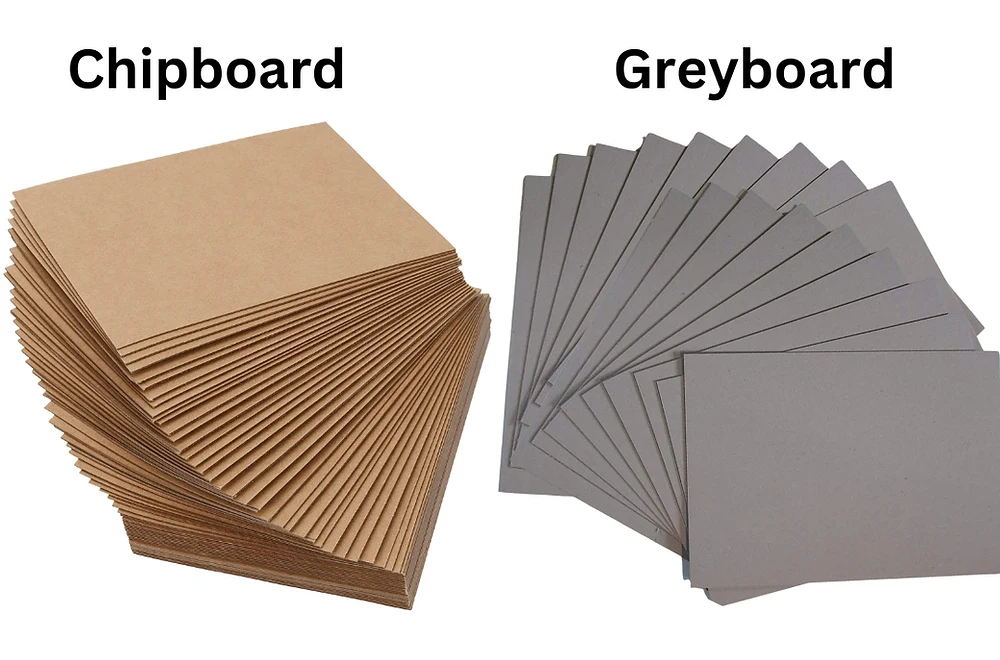
It doesn’t go for the flashy vibe of those glossy folding cartons or spotless white boards that beg for attention. Instead, greyboard stays authentic with its uncoated, matte look—prioritizing durability over dazzle. That doesn’t mean it’s boring, though; layer on some laminated paper or a snazzy print, and it morphs into something truly sophisticated. I see it as the sturdy framework in upscale packaging, like those cosmetic cases or magnetic gift sets that close with a gratifying click. From chats with packaging experts, I’ve learned it’s the top pick for designs that need to stand up to rough handling and look sharp doing it.
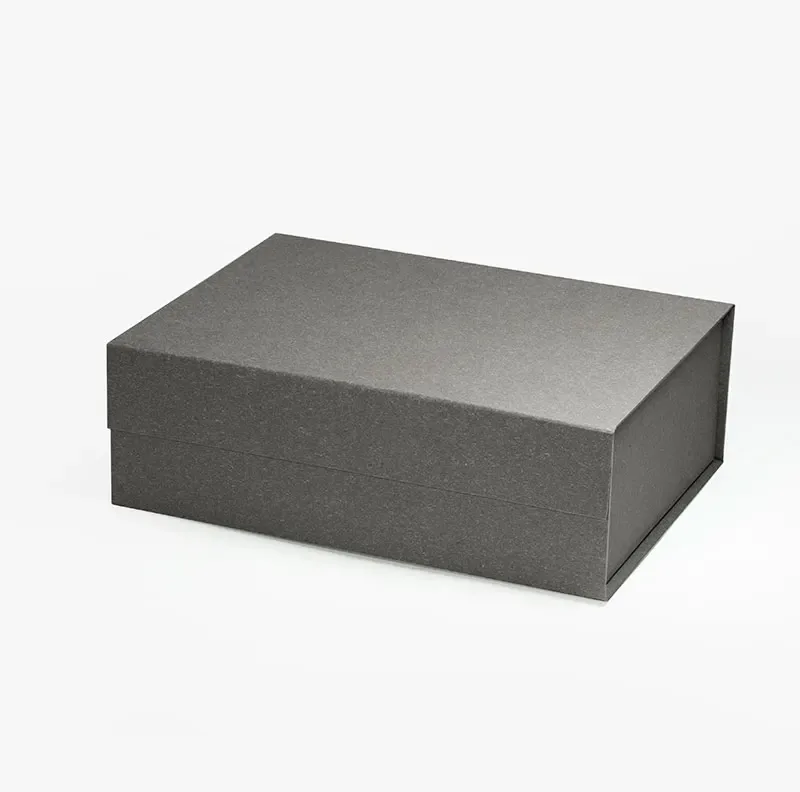
How Greyboard Goes from Junk to Gem
It all kicks off by gathering waste paper from sources like old magazines and boxes. This gets chopped up, soaked in water to form a pulp, then cleaned, squished, and dried on huge machines into thick sheets. To ramp up the thickness, they bond layers with basic starch glues in a step called pasting. End result? Boards ranging from a slim 0.8 mm to a hefty 3 mm or more, customized for whatever toughness the job demands.
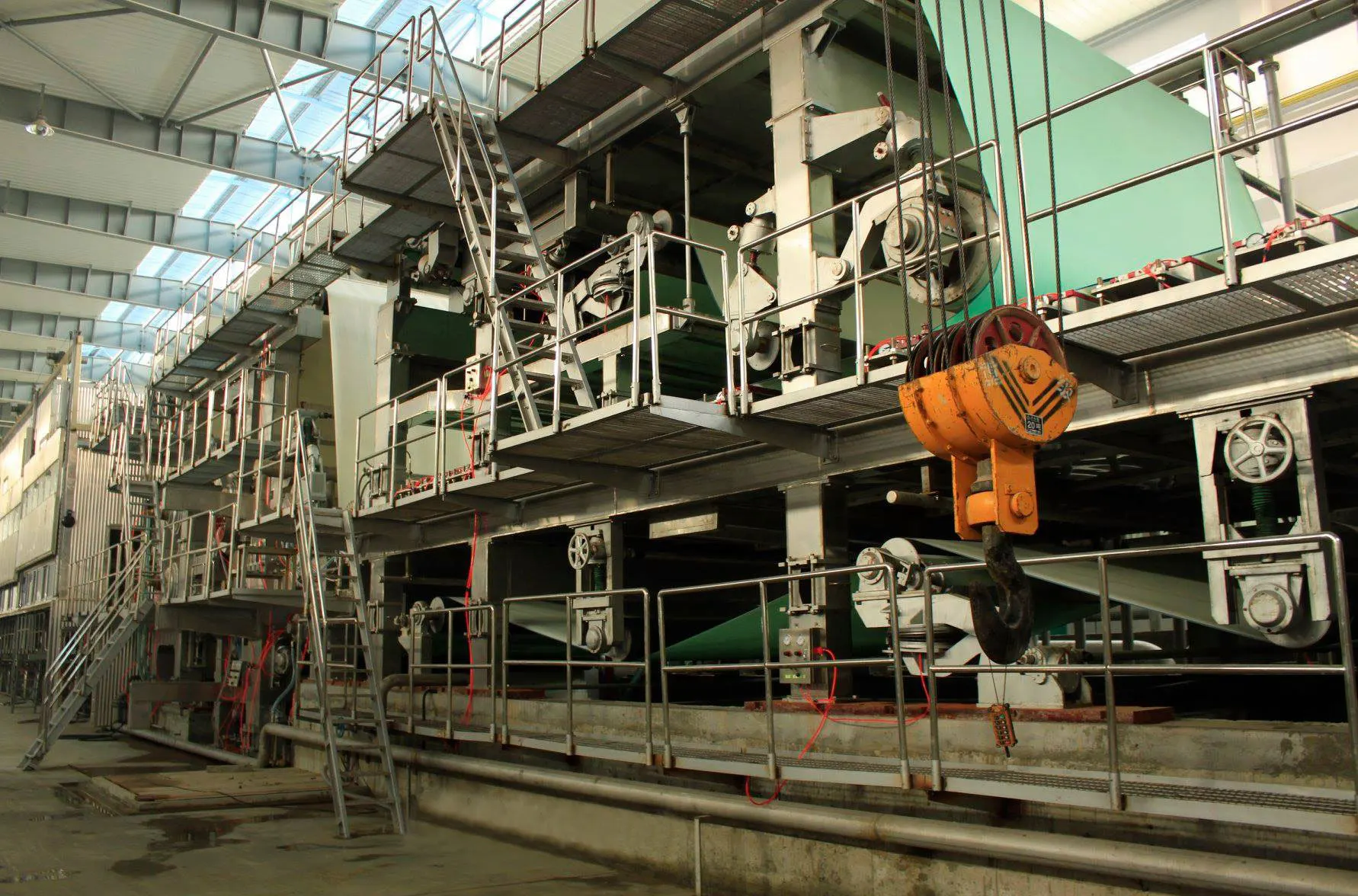
Outfits like C MIC Packaging have mastered this with automated lines that manage lamination and exact cuts. It guarantees uniform density and clean edges, which is crucial for stuff like rigid boxes or book covers that must fit together seamlessly. I’ve witnessed how this setup minimizes scraps, turning the process into something not just efficient, but cleverly sustainable too.
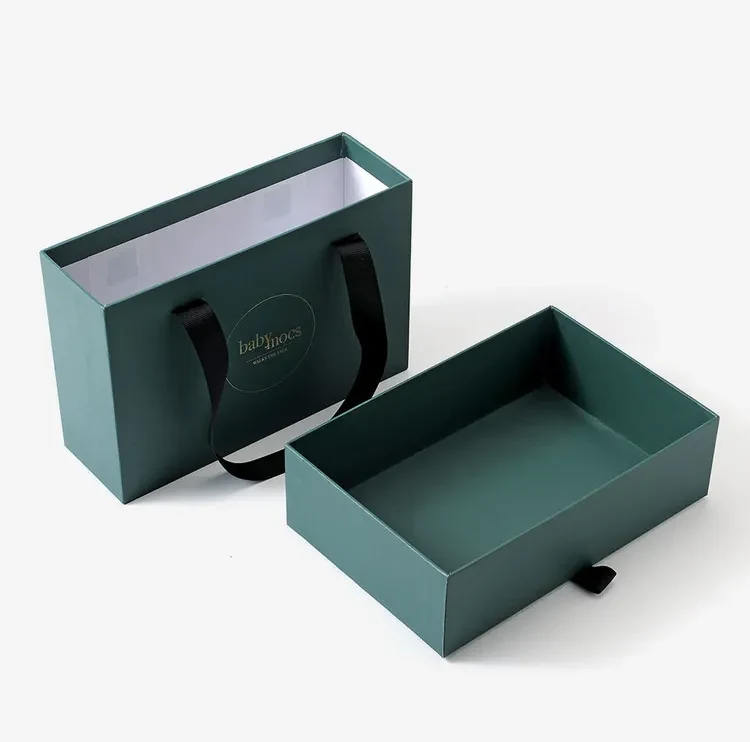
Greyboard vs. Grey Card: Don’t Get Them Mixed Up
It’s easy to confuse greyboard with grey card—they’re named similarly, after all, but they’re not swapsies. Greyboard is the burly contender: thicker, denser, and designed for serious durability in things like posh rigid boxes or board games that survive constant play.
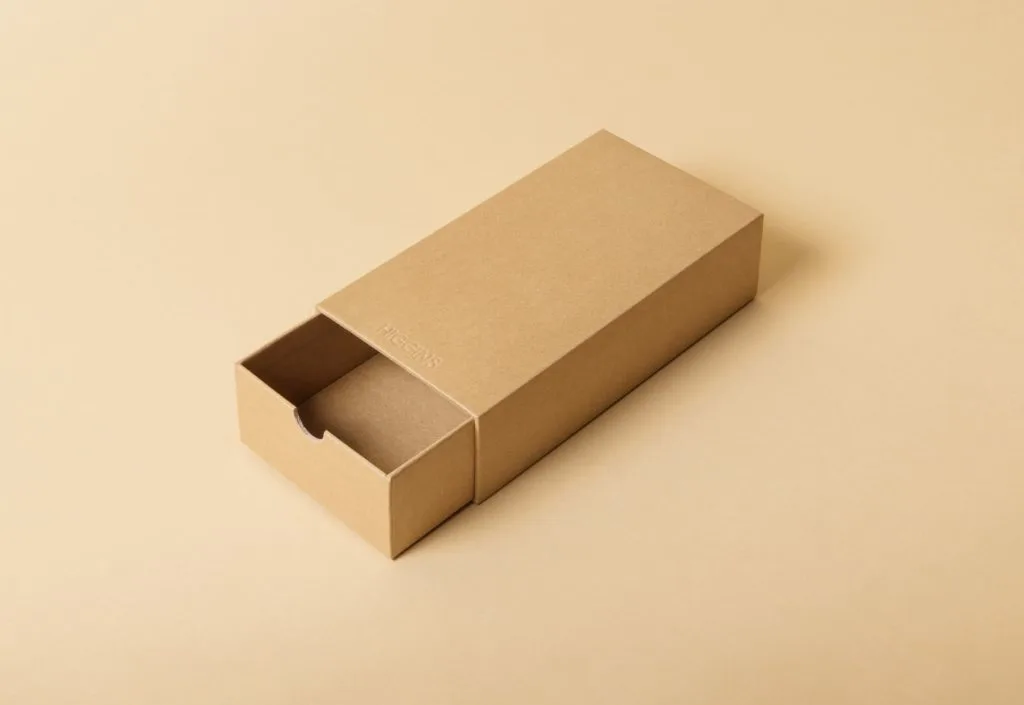
Grey card, on the flip side, is thinner—typically under 1 mm—and ideal for gentler gigs like craft projects, photo backings, or file dividers. Think of it as the nimble relative who’s handy for light work but can’t handle the heavy stuff. When I’m chatting with folks about packaging, I always nudge them towards greyboard for that high-end, resilient touch—especially in online shopping where parcels get bounced around. Picture a luxury watch brand; they’d choose greyboard to make sure the box feels as premium as the timepiece itself.
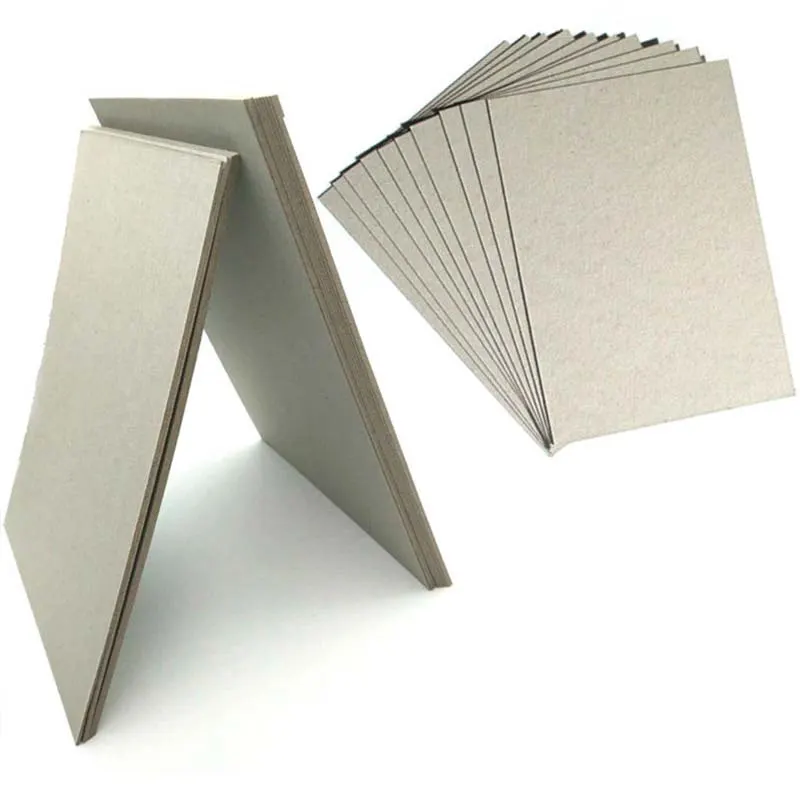
What Makes Greyboard a Standout
Greyboard hooks me with its blend of strength, dependability, and eco-smarts. Let’s break down its winning traits:
- Sturdiness and Crush-Proof Power – That dense build keeps it from bending or caving, making it ideal for rigid box sides.
- Smooth, Natural Texture – Perfect canvas for overlays, wraps, or foil accents without any distortion.
- Eco-Recycling Edge – Born from recycled stuff and fully recyclable, it fits right into that loop of reuse.
- Thickness Variety – From 0.8 mm for fragile bits to 4 mm for tough jobs, it molds to your needs.
- Cuts and Bonds Like a Dream – Works smoothly with machines and glues, ramping up assembly speed.
At places like C MIC Packaging, they tweak it per project—denser for snap-shut lids, lighter for pull-out trays. That’s the kind of smart tailoring that, from what I’ve seen, elevates average packaging to something truly efficient and impressive.
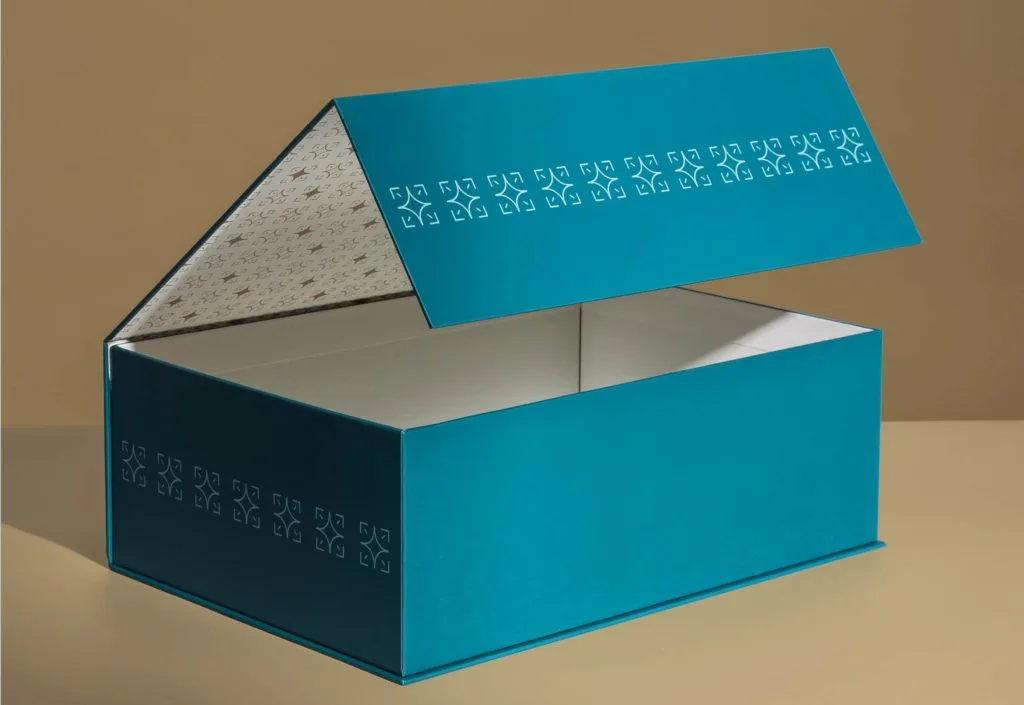
Where Greyboard Truly Excels
Greyboard isn’t the flashy type, but its versatility keeps it in high demand. Spot it in rigid perfume or chocolate gift boxes, jazzed up with pretty coverings. It’s the solid foundation for upscale shopping carriers, notebook spines, or even game boards that hold their shape through countless rounds.
In books, it anchors hardcovers, and it serves as trusty padding in shipments. I recall helping a puzzle maker once; greyboard kept everything flat and warp-free for the long haul. More brands are pairing it with textured recycled papers for a sustainable-luxe feel—imagine eco-minded shoppers loving chocolate boxes from folks like Lindt, where the packaging matches the indulgence inside.
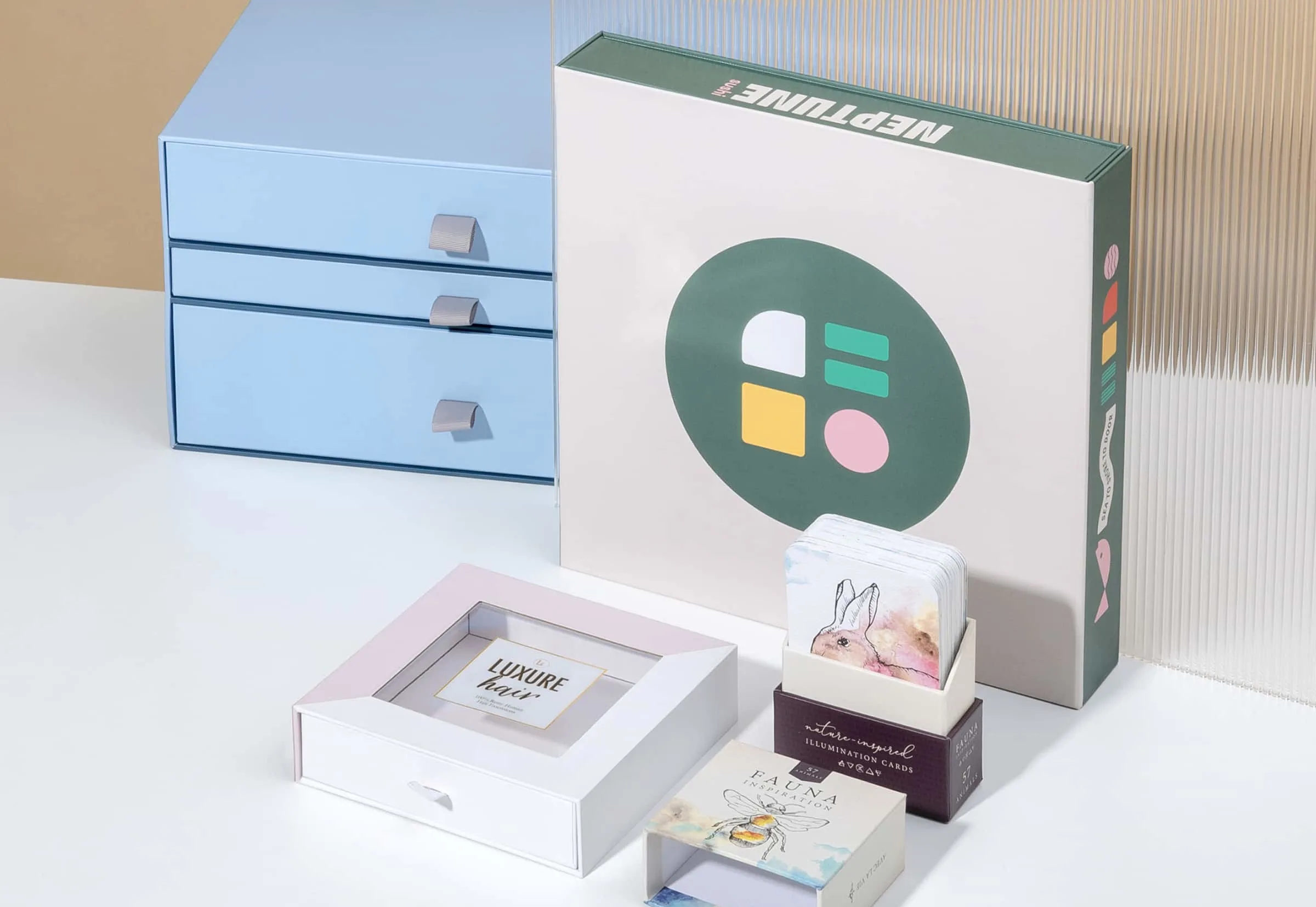
Understanding Greyboard’s Thickness and Density
Greyboard’s real strength lies in how its thickness and density handle stress. Slim versions (0.8–1.2 mm) are spot-on for lightweight items or fillers, midsize (1.5–2.5 mm) manage cosmetics or decor without sweat, and the thick ones (3–4 mm) tackle heavy books or storage that demands endurance.
Pros at C MIC Packaging test for flex and squash to pair the ideal grade with your product’s heft. It’s a clever approach to juggling protection, price, and planet-friendliness—I’ve seen it rescue brands from expensive delivery disasters more than once.
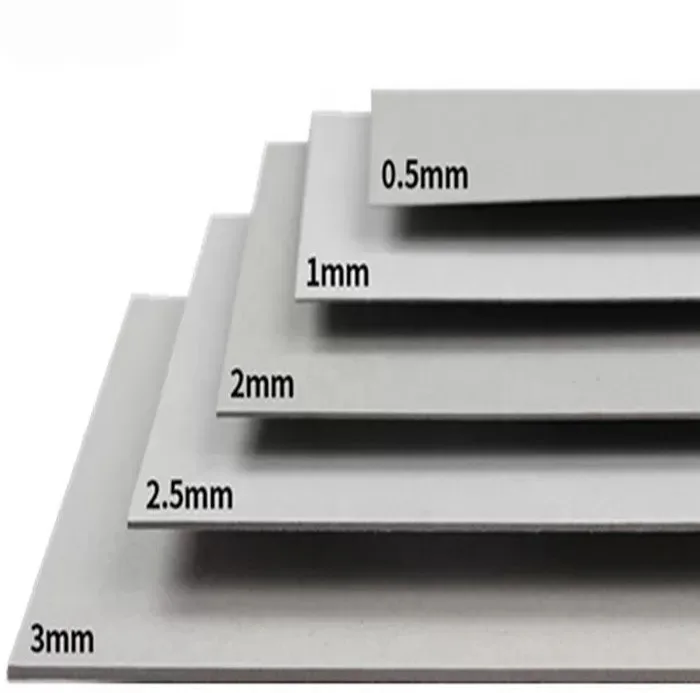
Greyboard’s Eco Appeal
What thrills me most about greyboard is its planet-positive side. Crafted from post-consumer waste, it spares fresh trees and dodges energy-intensive steps like bleaching. Highlights include repurposing rubbish into resources, a smaller carbon trail than new materials, and easy recycling that loops it back in.
With few chemicals at play, it curbs pollution and polishes a brand’s green rep. Meeting benchmarks like FSC and ISO, it’s a slam-dunk for sustainability-focused firms. I’ve noticed brands like Patagonia using akin materials to win over eco-lovers—it’s more than packaging; it’s a vibe.
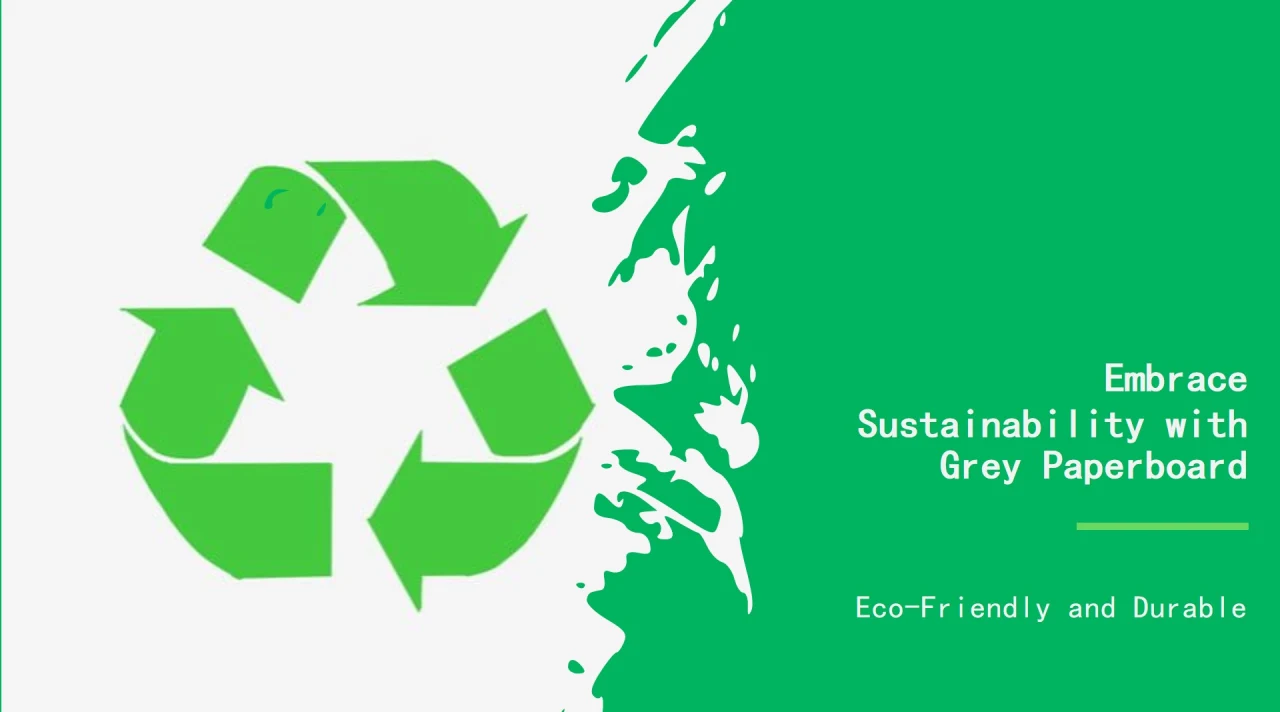
Recycling Greyboard: Keeping Things in Motion
Greyboard recycles effortlessly, slipping into standard paper flows. It’s separated for any coatings, mashed into pulp, purged of debris, and remade into fresh board or wavy cardboard.
Even treated kinds get salvaged with today’s tech, cutting waste way down. C MIC Packaging’s closed-loop scrap recycling is downright motivating—simple moves like this make going green feel doable, not daunting.
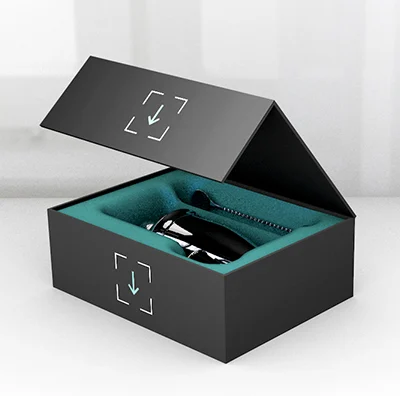
Why Brands Are Jumping on Greyboard
Sustainability isn’t just buzz; it’s a must, and greyboard delivers with budget-friendly rigidity, custom looks, and the eco-points customers adore. It takes to printing and finishes like a pro, keeping fancy lines earth-kind.
For me, it’s the production reliability that clinches it—steady and sure, like a reliable pal in the packaging scene.
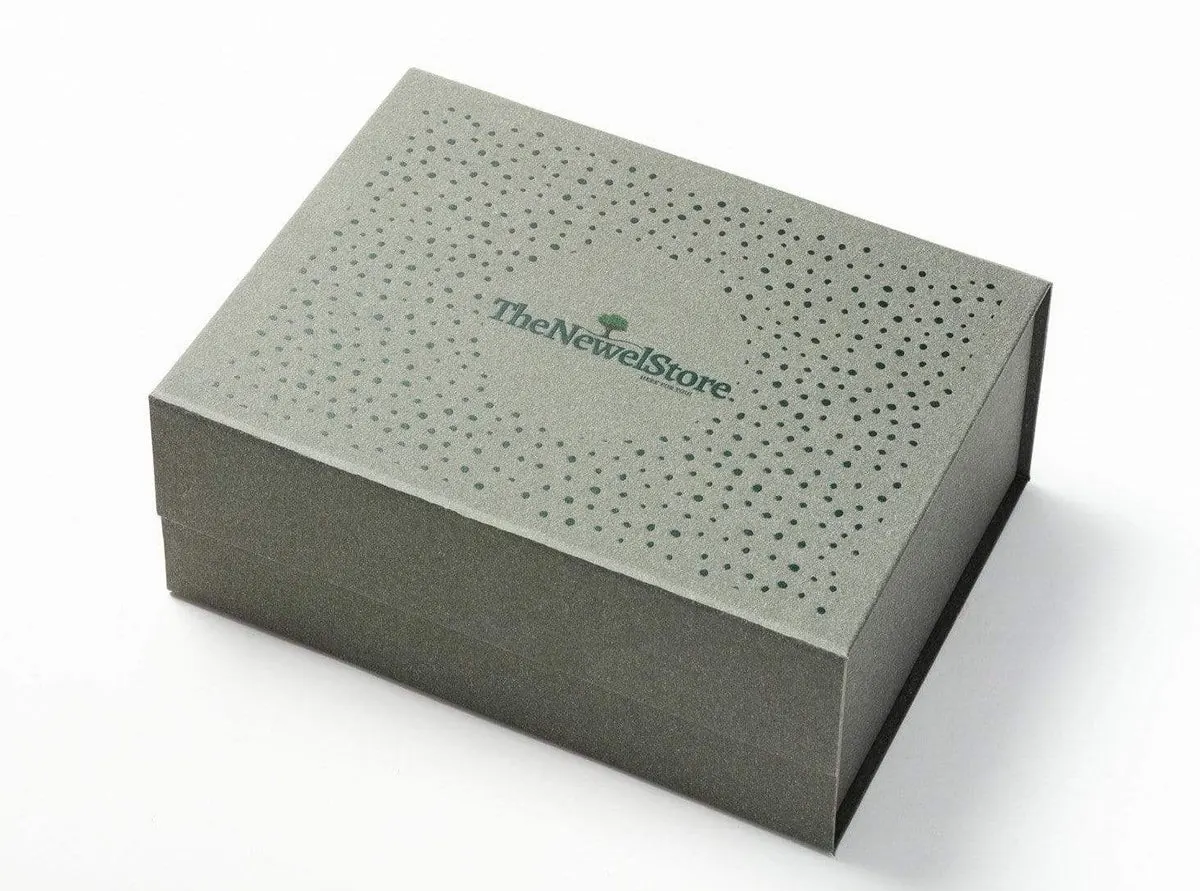
Choosing the Right Greyboard for You
To pick wisely, weigh your product’s load (bulkier needs denser), box type (magnetic styles demand accuracy), and extras like coverings or seals. Factor in humidity for moist routes, and align with the look—raw for rustic or layered for elegance.
C MIC Packaging’s automated savvy lets clients fine-tune via talks and trials, yielding boxes that work as brilliantly as they wow.
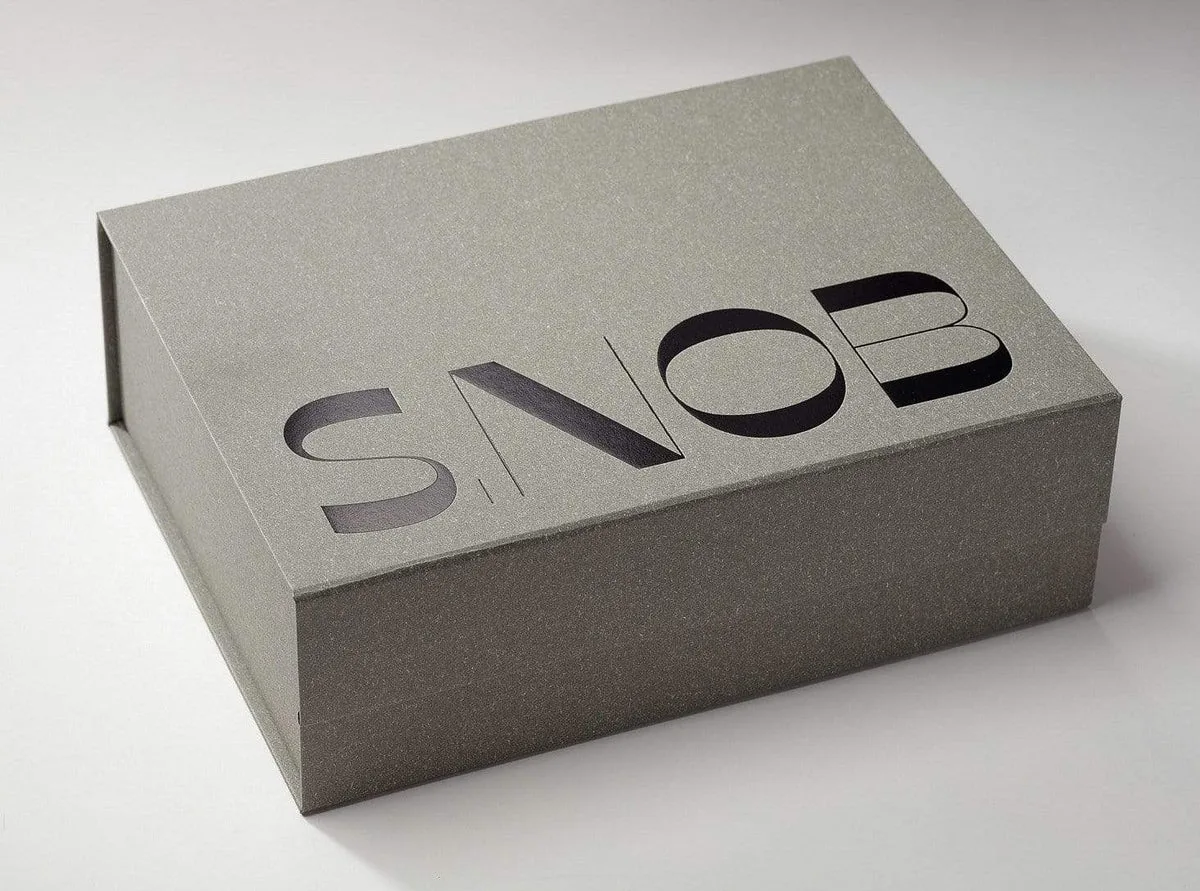
Wrapping Things Up: Greyboard’s Moment in the Sun
In a world craving clever, kinder options, greyboard shows how creativity can flip waste into wonders. It brings toughness, reusability, and creative flair to everything from chic gift sets to sturdy stands.
Next time you eye a sharp package, look closer—greyboard’s subtle magic is probably at work. If you’re plotting your next venture, a chat with C MIC Packaging might ignite ideas blending quality, accuracy, and eco-goodness. So, what’s your verdict—up for trying greyboard?
